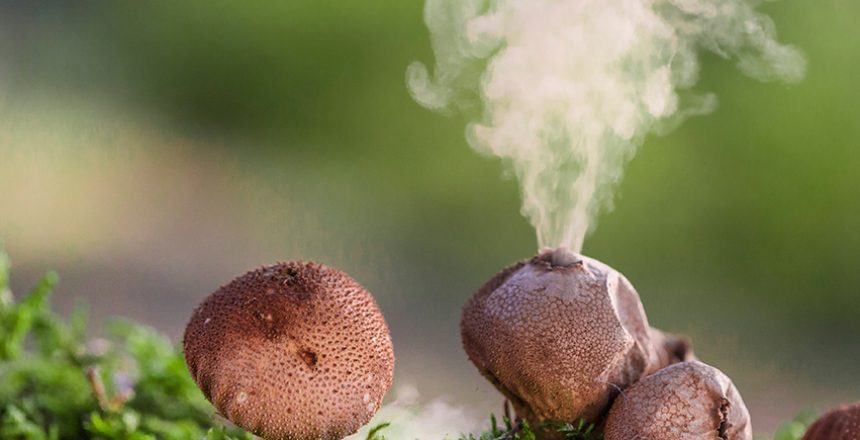Detection of bioaerosols, or primary biological aerosol particles (PBAPs), has become increas- ingly important for a wide variety of research communities and scientific questions. In par- ticular, real-time (RT) techniques for autonomous, online detection and characterization of PBAP properties in both outdoor and indoor environments are becoming more common- place and have opened avenues of research. With advances in technology, however, come challenges to standardize practices so that results are both reliable and comparable across technologies and users. Here, we present a critical review of major RT instrument classes that have been applied to PBAP research, especially with respect to environmental science, allergy monitoring, agriculture, public health, and national security. Eight major classes of RT techniques are covered, including the following: (i) fluorescence spectroscopy, (ii) elastic scattering, microscopy, and holography, (iii) Raman spectroscopy, (iv) mass spectrometry, (v) breakdown spectroscopy, (vi) remote sensing, (vii) microfluidic techniques, and (viii) paired aqueous techniques. For each class of technology we present technical limitations, miscon- ceptions, and pitfalls, and also summarize best practices for operation, analysis, and report- ing. The final section of the article presents pressing scientific questions and grand challenges for RT sensing of PBAP as well as recommendations for future work to encourage high-quality results and increased cross-community collaboration.
J. Alex Huffman, Anne E. Perring, Nicole J. Savage, Bernard Clot, Benoît Crouzy, Fiona Tummon, Ofir Shoshanim, Brian Damit, Johannes Schneider, Vasanthi Sivaprakasam, Maria A. Zawadowicz, Ian Crawford, Martin Gallagher, David Topping, David C. Doughty, Steven C. Hill & Yongle Pan (2020) Real-time sensing of bioaerosols: Review and current perspectives, Aerosol Science and Technology, 54:5, 465-495, DOI: 10.1080/02786826.2019.1664724

